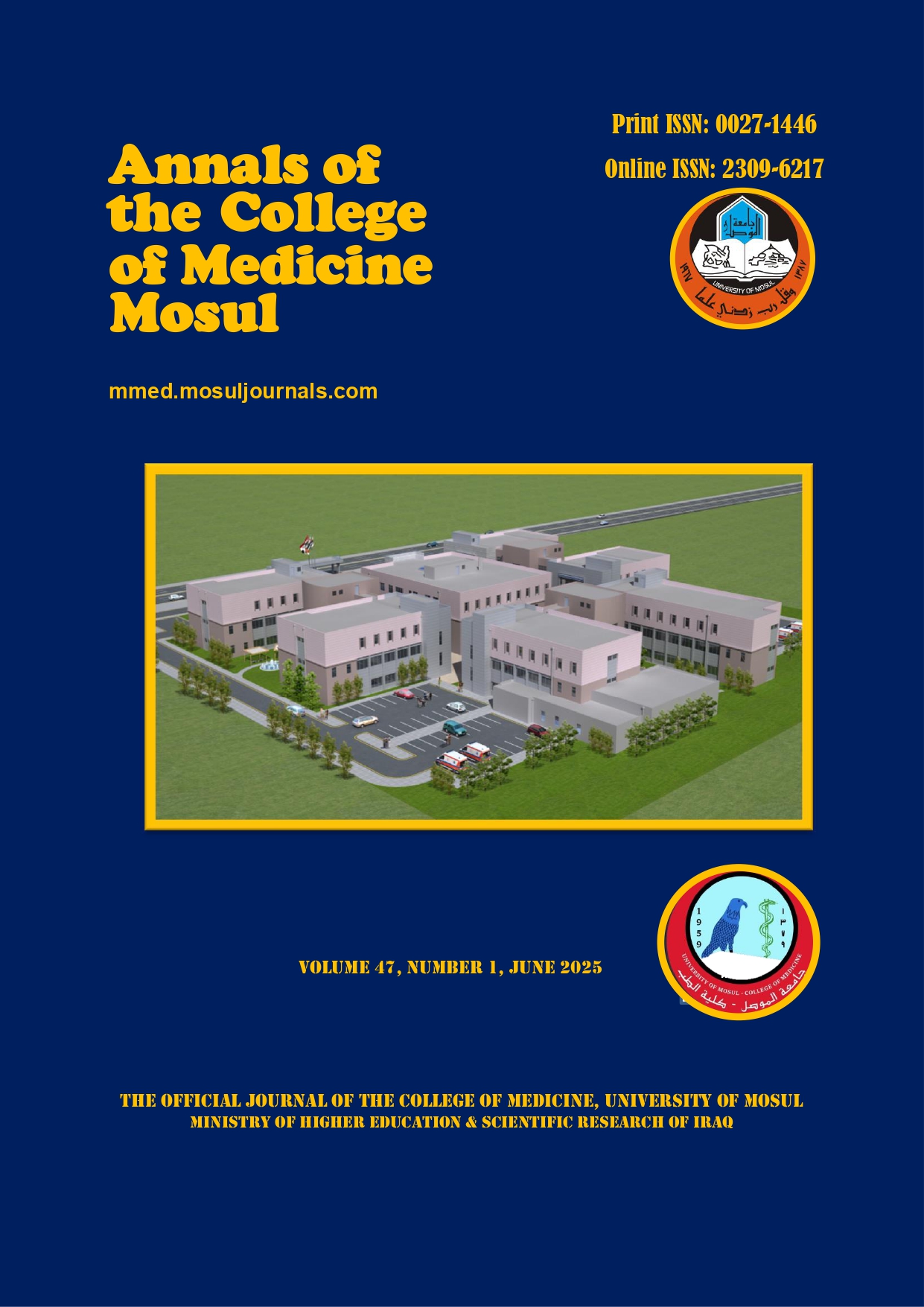Prognostic Factors and Survival in Patients with Non-Small Cell Lung Cancer and Brain Metastases: Single Tertiary Cancer Center Experience from Kurdistan-Iraq
Abstract
Background: Lung cancer is the second most frequently occurring cancer in the world. The global mortality-to-incidence ratio in 2020 was 0.81. Brain metastases (BM) are the most common type of intracranial malignancies. Among the non-small cell lung cancer (NSCLC), adenocarcinomas metastasize to the brain more frequently than squamous cell carcinomas. The incidence of brain metastases appears to be increasing, which may reflect improvements in diagnostic imaging and survival associated with more effective systemic therapies. The study aims to examine the survival after diagnosing BM and the prognostic factors that may affect it.
Methods: A chart review identified 59 patients with BM from histologically proven NSCLC over three years, from December 1, 2013 to November 30, 2016. Follow-up was updated from the case records and by phone contact. Patient-related variables were age, sex, histology of NSCLC, extracranial metastases, number of brain lesions, Karnofsky Performance Status, and survival from the time of the diagnosis of brain metastases. Whole Brain Radiotherapy of 20 Gray/ve fractions over one week was used for all patients.
Results: The median survival after the diagnosis of BM was 6.5 months. Factors that affected survival were age, Karnofsky Performance Status, number of brain lesions, and extracranial metastases. There was no statistically significant survival correlation with sex and histological type of NSCLC.
Conclusions: Survival outcome was poor in NSCLC with BM patients. Age less than 60 years, Karnofsky Performance Status over 70, single brain lesion, and absent extracranial metastases were relatively favorable prognostic factors.
